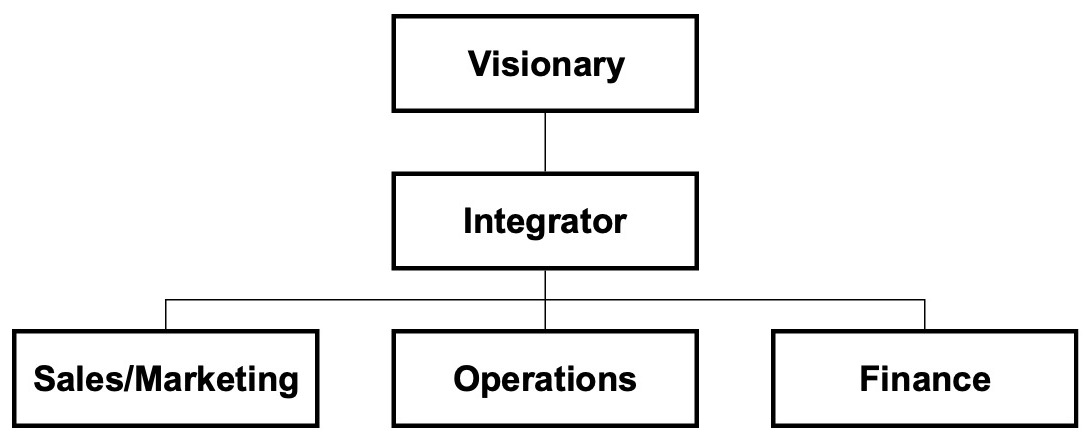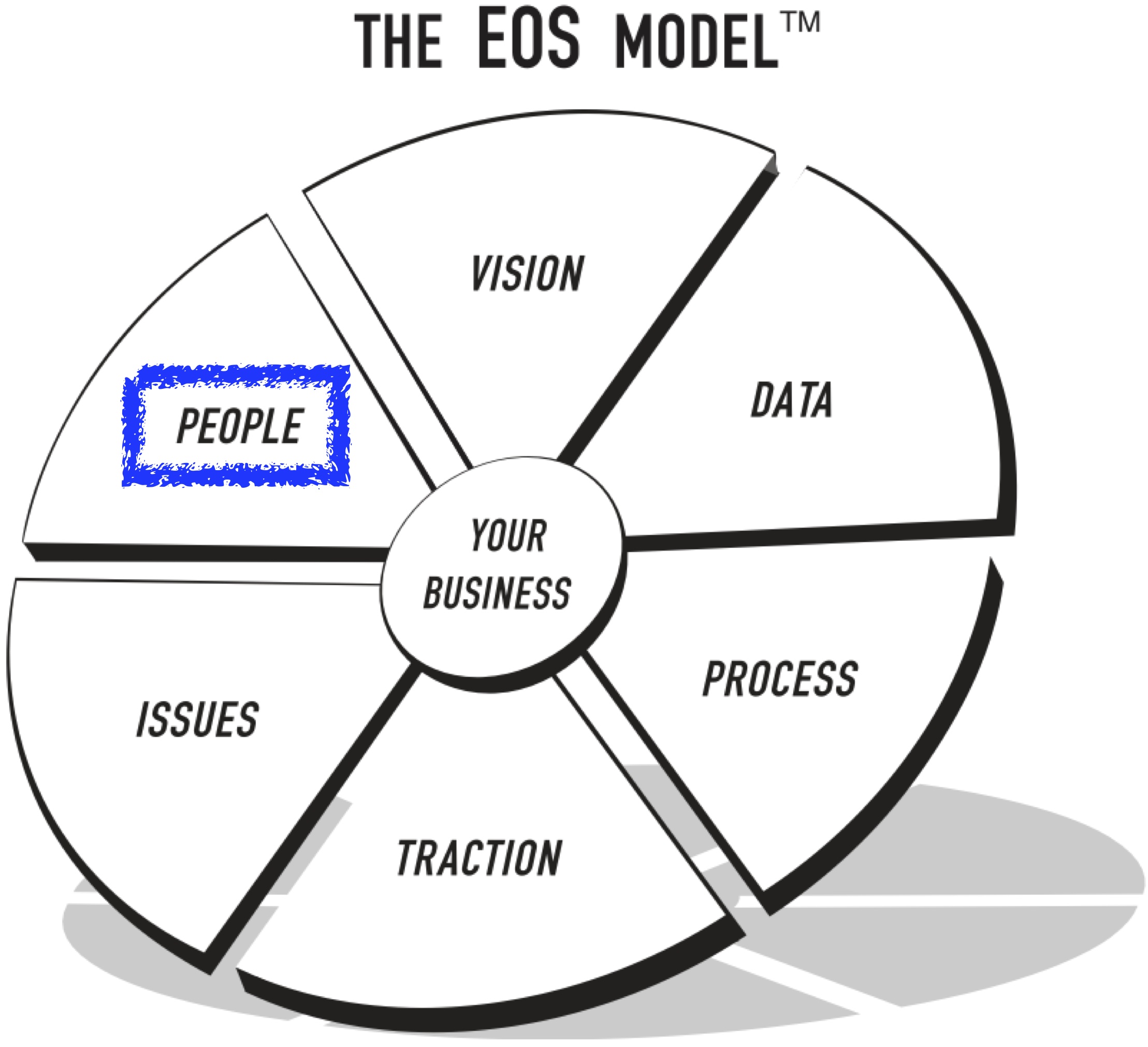People + EOS
08 Apr 2021One thing I admire about the book Traction: The author borrows business concepts from other books, while giving generous credit to each source. For example:
- The idea of getting the right people in the right seats comes from the book Good to Great by Jim Collins.
- Organizing a business around three key components (finance, marketing, and operations) comes from Michael Gerber’s E-Myth Revisited.
The Entrepreneurial Operating System (EOS) adds value by molding these concepts into useful tools. This post discusses tools that leaders need when interacting with their team.
Roles on The Business Bus
We might think of business as a bus carrying passengers on a long journey. Perhaps a cross-country road trip. The entrepreneur, as organizer of the bus trip, needs people to fulfill the following roles:
- Driver. Knows the rules of the road and willingly obeys them.
- Navigator. Reads the map and plots a course from start to destination. When obstacles are encountered, this person knows enough about maps to plot an alternate course.
- Money-keeper. Tracks the money. Pays for hotel rooms, food, fuel, and other necessities along the trip.
- Song-leader. When I was a kid in day-camp, this role was critical for maintaining morale when we traveled on field trips.
- Organizer. Also known as the entrepreneur or the visionary. This is the person who brings people together for trips like this.
You can probably think of additional roles. The above list is long enough for this article.
Right People, Right Seats
What are some things we might consider when selecting people for the various roles? In Traction, the author suggests that we measure each member according to three criteria. Do they get it, do they want it, and do they have the capacity to do it? Traction abbreviates this as GWC.
- Get it. They understand the mission of the company. They agree with the mission, and they feel driven to go beyond the call of duty while helping to achieve the mission.
- Want it. They want to be in the role that they’re asked to fill. They genuinely like the job, and their enthusiasm will propel them to perform exceptionally well.
- Capacity to do it. They have the skillset to excel in the role, or they have the ability to learn quickly.
The book contains tools that leaders can use to measure GWC and to coach members of the team as needed.
One Name, Two Seats?
You can have one name in two seats, just not two names in one seat.
~Gino Wickman
The founder of a company starts off by playing every role, occupying every seat. To serve customers better and to grow the company, the entrepreneur must hire others.
In the bus trip metaphor, it’s okay to be driver + navigator on a short trip. But we can travel further (and have more fun) when different people fill these roles.
EOS Recap
This article is part of a series on Traction and the Entrepreneurial Operating System (EOS). EOS is a set of tools that enables a business leader to grow a company while maintaining sanity. As the other articles are completed, links will appear here:
Next in the Series: Data
Without the data, yo chatta don’t matta.
~Anonymous Data Scientist
Next EOS topic: Data. Running a business without data is like driving a bus without a dashboard. You can run it that way for a while. But without a data dashboard, we’ll break speed limits, over-rev the engine, and eventually run out of fuel. The right data gives us clarity so that we can make better decisions.





